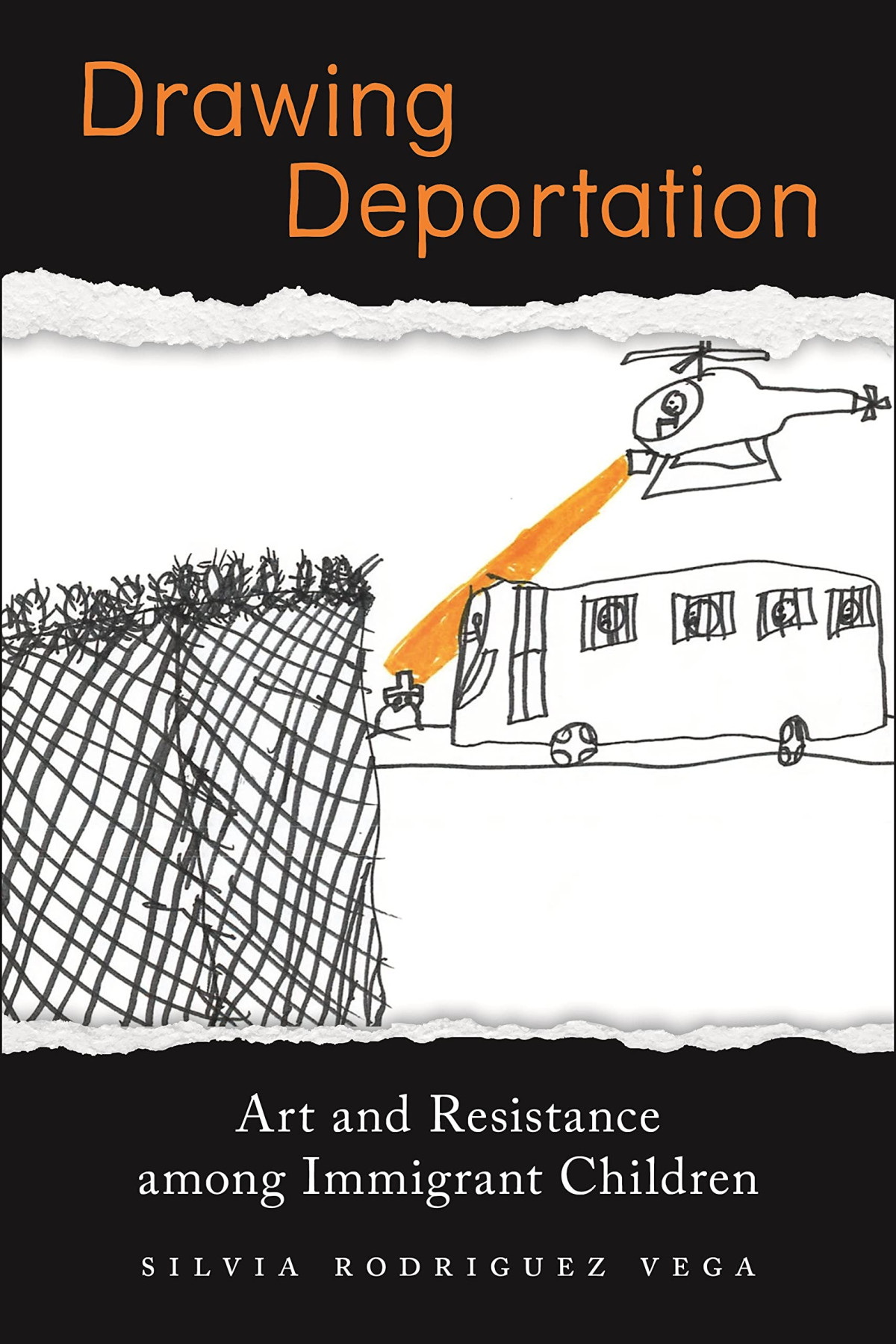

Most ebook files are in PDF format, so you can easily read them using various software such as Foxit Reader or directly on the Google Chrome browser.
Some ebook files are released by publishers in other formats such as .awz, .mobi, .epub, .fb2, etc. You may need to install specific software to read these formats on mobile/PC, such as Calibre.
Please read the tutorial at this link: https://ebookbell.com/faq
We offer FREE conversion to the popular formats you request; however, this may take some time. Therefore, right after payment, please email us, and we will try to provide the service as quickly as possible.
For some exceptional file formats or broken links (if any), please refrain from opening any disputes. Instead, email us first, and we will try to assist within a maximum of 6 hours.
EbookBell Team

5.0
50 reviewsIllustrates how the children of immigrants use art to grapple with issues of citizenship, state violence, and belonging
Young immigrant children often do not have the words to express how their lives are shaped by issues of immigration, legal status, and state-sanctioned violence. Yet they are able to communicate its effects on them using art.
Based on ten years of work with immigrant children as young as six years old in Arizona and California― and featuring an analysis of three hundred drawings, theater performances, and family interviews―Silvia Rodriguez Vega provides accounts of children’s challenges with deportation and family separation during the Obama and Trump administrations. While much of the literature on immigrant children depicts them as passive, when viewed through this lens they appear as agents of their own stories.
The volume provides key insights into how immigrant children in both states presented creative, out-of-the-box, powerful solutions to the dilemmas that anti-immigrant rhetoric and harsh immigration laws present. Through art, they demonstrated a righteous indignation against societal violence, dehumanization, and death as a tool for navigating a racist, anti-immigrant society.
When children are the agents of their own stories, they can reimagine destructive situations in ways that adults sometimes cannot, offering us alternatives and hope for a better future. At once devastating and revelatory, Drawing Deportation provides a roadmap for how art can provide a safe and necessary space for vulnerable populations to assert their humanity in a world that would rather divest them of it.